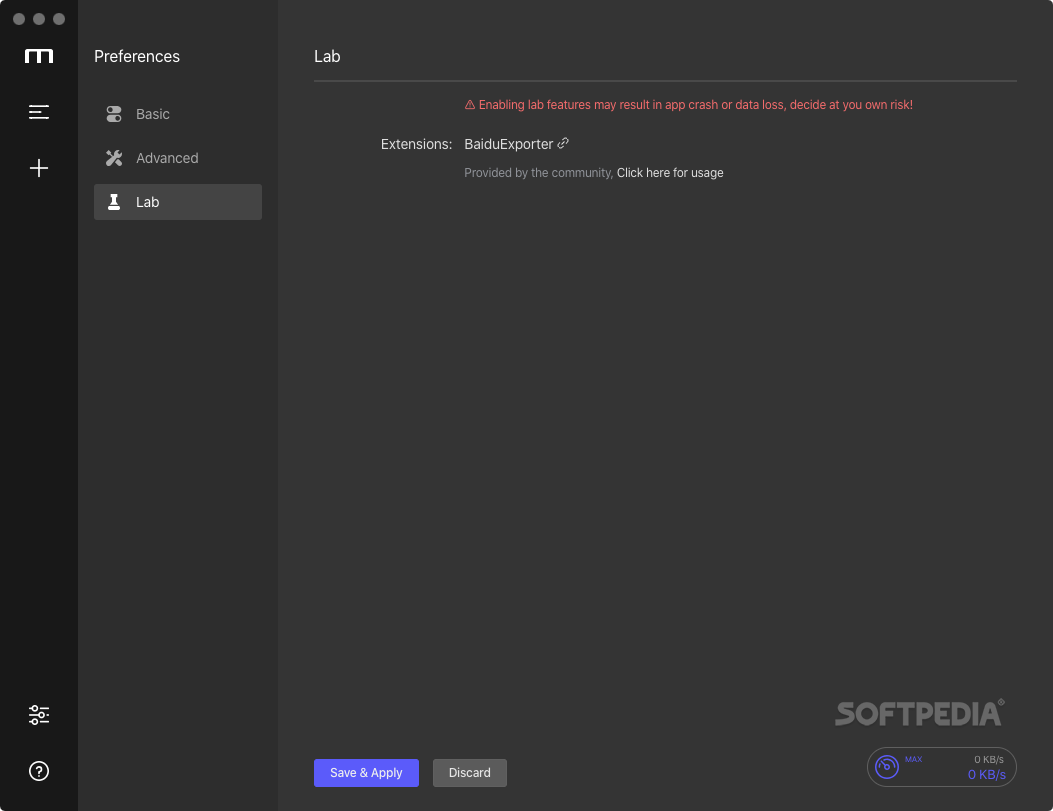

Training should be based on combining sport specific technical and physical activities (Azevedo et al., 2004). After 20 years, the situation is the same because it is hard to describe a single physiological model of judo athletes due to the large number of variables, such as: a) difficulty of quantifying the effort during a match b) weight categories c) non-cyclic character match time can vary from some seconds to ten minutes d) several matches on the same day e) difference on physical and technical skills of the opponents (Castarlenas and Solé, 1997 Majean et al., 1986 Silva, 1988).Ĭastarlenas and Solé, 1997, suggest that physical preparation should not be different from everyday training with specific movements or match. The Despite its worldwide popularity judo specific research is still limited.

Taylor and Brassard, 1981 state that limited information about physical and physiological characteristics of judo athletes are found in the literature. By our knowledge there are no studies with applied test of determination lactate minimum in judo specific situation. Lactate minimum intensity has been considered a valid measure of maximal lactate stead state to be the highest exercise intensity that can be maintained during long term without blood lactate accumulation (Bacon and Kern, 1999 Ribeiro et al., 2003). The intensity associated to lactate minimum is identified based on the lowest during a incremental test after high induction (Simões et al., 2005). Tegtbur et al., 1993, proposed a lactate minimum field test to evaluate the aerobic fitness of runners and basketball players. The threshold at which this begins is termed the anaerobic threshold (Beaver et al., 1986). As exercise increases above a certain work rate threshold, an anaerobic component of metabolism causes lactate to increase significantly. Both categories field tests can be used to identify sustainable intensity exercise (Simões et al., 2005). According to Denadai, 2000 terminology and references for anaerobic threshold can be divided in two categories: 1) Thresholds that identifies the beginning of lactate buildup in blood 2) Thresholds that identifies the maximum stead state of lactate in blood. The anaerobic threshold determination from b has been used for the diagnosis of aerobic capacity and to determine exercise intensities for training and scientific investigation (Simões et al., 1999). As showed by Blais and Trilles, 2006 is fundamental form performance increase. Azevedo at al ( 2004) indicates that the aerobic training for judo athletes is made by running, this training is not specific for the judo sport. In the same way, it was showed that judo athletes have low aerobic capacity (see, for example, Drigo et al., 1994 and by Franchini et al., 2001 for male judo and female athletes, respectively). According to this scoring process, a match can last 10 minutes and, an athlete can perform more than 9 matches on the same day (Azevedo et al., 2004 Castarlenas and Solé, 1997 Taylor and Brassard, 1981). Endurance training became extremely important to judo, due to inclusion golden score at actual rules. In conclusion it is stressed that: 1) The specific test for lactate minimum in judo sport is a promising possibility of aerobic capacity evaluation and a instrument of intensity training control 2) The metabolic profile in V lm and UK lm is similar, because there are not differences in the and in the HR at this intensity 3) It is possible to estimate the training intensity through the determination of the lactate minimum intensity in running (V lm) and the Heart Rate associated (HR) from the execution of ippon-seoi- nague (uchi-komi) in judo training 4) The V lm for judo athletes is approximately 88% of the V 3000.Īnalysis of lactate concentration in specific situations of judo has been reported in order to obtain information on the metabolic demand and implications for training intensities (Jacobs, 1986 Majean and Gaillat, 1986). No significant difference was evident for the track tests and UK in relation to blood lactate and heart rate (p > 0.05) (3.87 ± 0.38 vs 4.17 ± 0.54 mmol Three tests were performed: a) 3000 m dash in track, b) the adapted test of lactate minimum for running and c) for UK, with execution of the blow ippon-seoi-nague. The subjects were a group of 6 male, volunteer judokas, from 25.17 ± 5.76 years old, weight 84.50 ± 23.78 kg and height 1.78 ± 0.10 m, competitors of different levels of performance (from regional to international competitions) and match experience of (11 ± 6) years old. This study aimed to evaluate the viability to use Uchi-komi (UK) in the evaluation of the judo endurance performance and using lactate threshold the analysis of the blood lactate () and heart rate (HR) determined through a lactate minimum test.


 0 kommentar(er)
0 kommentar(er)
